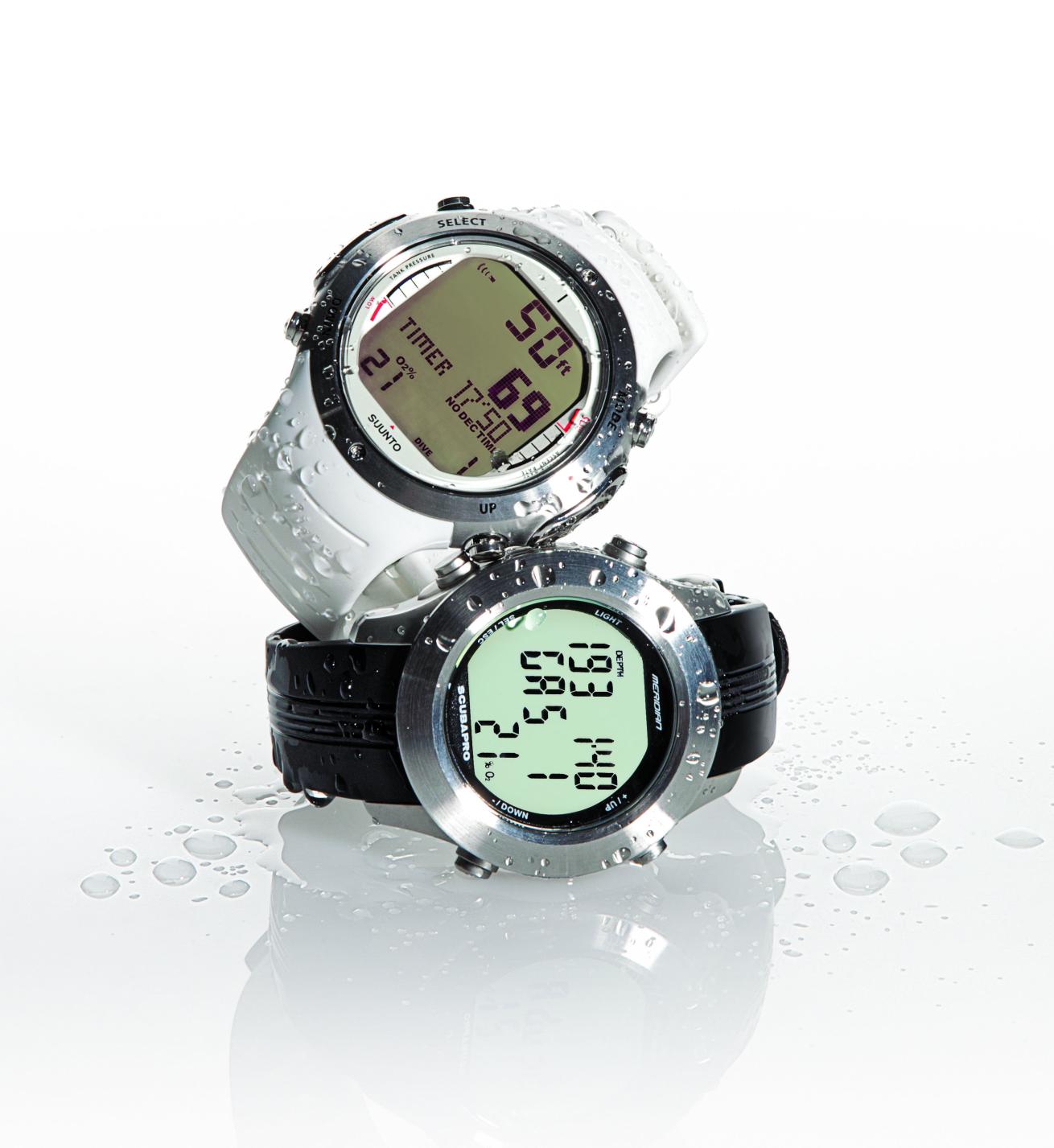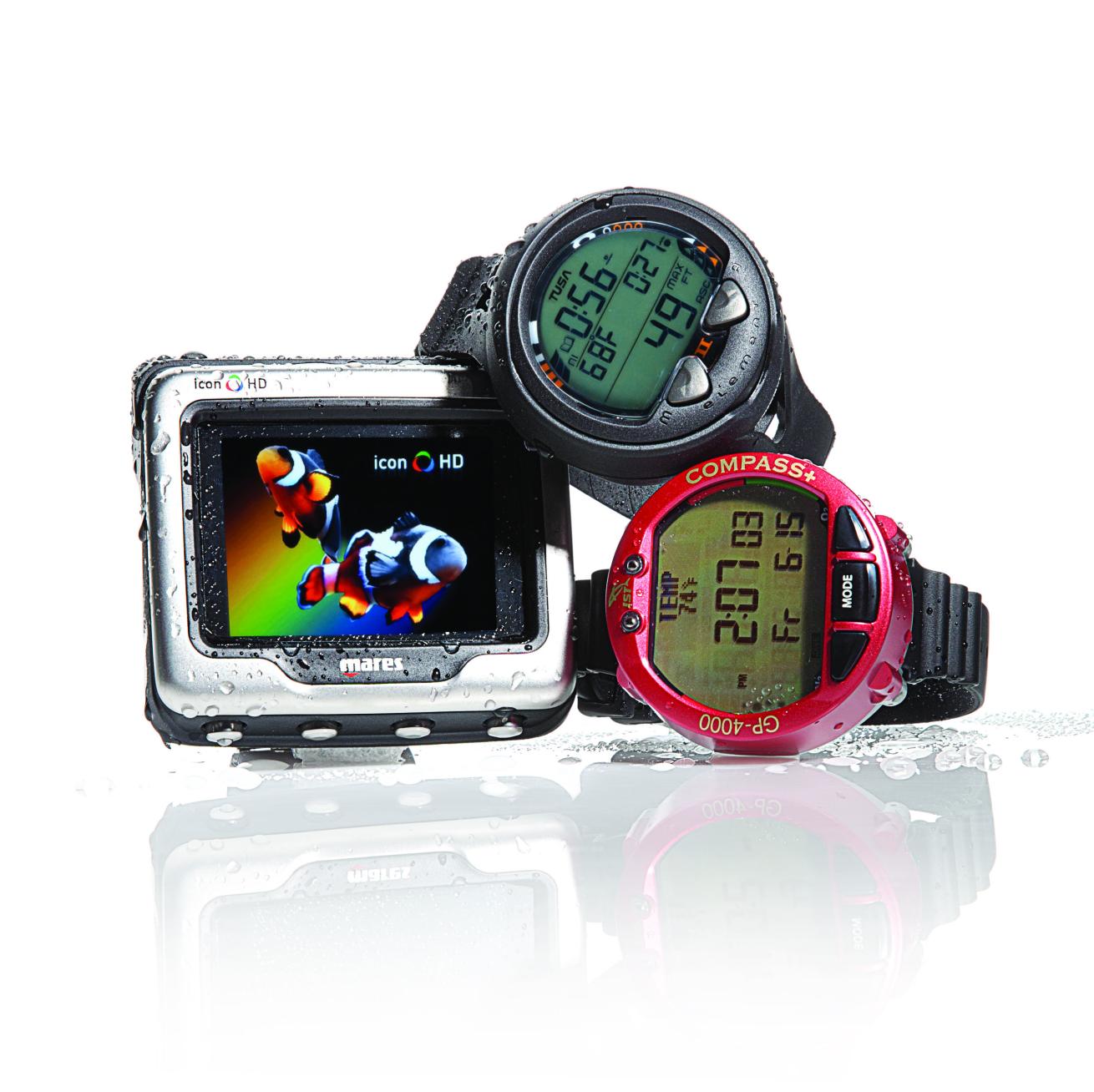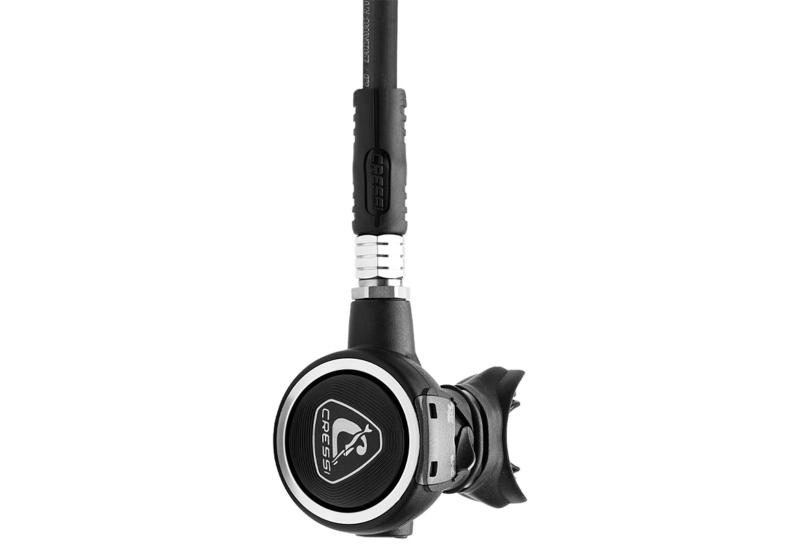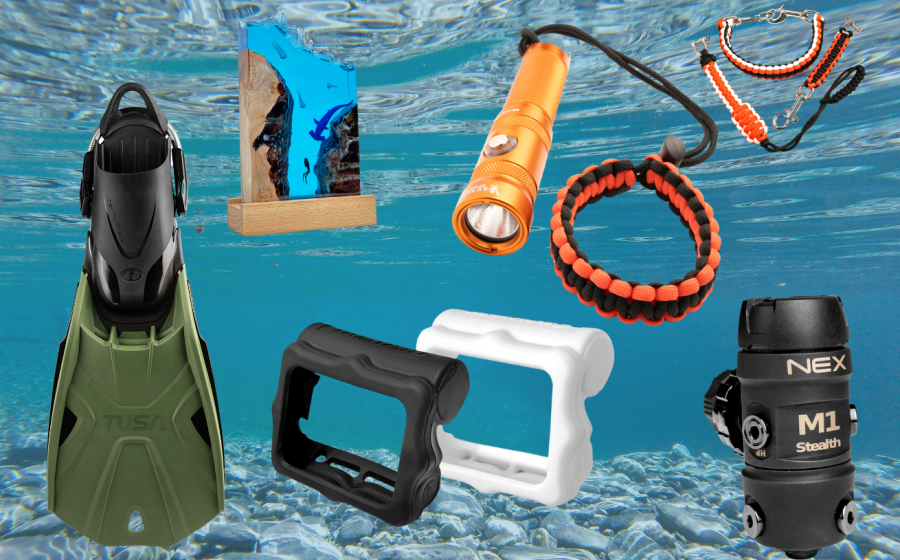9 Dive Computers with Power-Packed Processors

Carrie GarciaWristwatch-Style Dive Computers

Carrie GarciaWrist-Mount-Style Dive Computers

Carrie GarciaConsole-Style Dive Computers
When it comes to dive computers, you have lots of choices. Starting in the budget aisle and marching toward “money’s no object,” you can opt for a simple no- decompression-limits tracker for casual diving or a multi-gas computing powerhouse. You can wear a dive computer on your forearm, clip it to your BC or do the console thing; you can add a compass, lose a hose, or combine it all in an elegant wristwatch. In other words, the sky’s the limit in the world of dive-data crunchers. Following are nine of our favorites.
WRISTWATCH-STYLE COMPUTERS
SUUNTO D6i
›› Nitrox-capable to 100 percent, plus you can program up to two gas mixes
›› Four dive modes include a dedicated free-dive mode for going tankless
›› Full-tilt 3-D compass allows for navigation in virtually any swimming position
›› Optional hoseless air integration puts all critical data on one screen
The midrange model in Suunto’s “D” line, the full-featured D6i is a good choice for those who take their diving seriously but also want a nice wristwatch for topside use. CONTACT: aqualung.com MSRP: $1,100 to $1,595
SCUBAPRO MERIDIAN
›› Marine-grade 316 stainless-steel casing with two-toned brushed finish is rugged plus looks sharp
›› Full chrono functions for wet or dry use make it good for diving or jogging
›› Apnea mode for when you want to get serious about free diving
›› Optional wireless heart-rate monitor offers yet another data source to track your diving
As both a luxury watch and a muscular data cruncher, the Meridian offers state-of-the-art performance, both underwater and on the surface. CONTACT: scubapro.com MSRP: $649
WRIST-MOUNT-STYLE COMPUTERS
MARES ICON HD/AI
›› Smartphone-esque main menu and four button controls equal an intuitive system to navigate
›› Two dive-mode options offer a color-ful choice of how data is presented
›› Top-flight logging with map- and photo-storage capabilities
›› Hoseless air integration rounds out the data-delivery package
With its vibrant color screen, large compass, hoseless air integration, innovative menu system, and impressive map- and photo-storage capabilities, the Icon HD/AI rivals the best of them in the wrist-mount category.
CONTACT: mares.com MSRP: $1,800
TUSA IQ-750 ELEMENT II
›› Large alphanumeric display for easy tracking and monitoring of dive data
›› The ability to switch between two gas mixes allows for a good ascent/ safety stop plan
›› Single-touch access to Logbook provides easy access to previous dives
›› “Disarmable” Deep Stop function folds in an additional layer of dive safety
The Element II is a solid midlevel data cruncher offered at a decent price. It’s also available in a console version teamed with an analog submersible pressure gauge.
CONTACT: tusa.com MSRP: $430
IST SPORTS GP-4000 COMPASS+
›› Nitrox-capable to 100 percent with three programmable gas mixes
›› On-board compass is presented in both graphic display and numerical degrees
›› Dot-matrix pictographic display of dive profiles during and after dive
›› Three button controls and screen prompts provide helpful assists when moving through the system
An on-board compass, full-nitrox/three- gas capability and convenient extras like dive profile graphics add up a lot of dive computing bang for the buck.
CONTACT: istsports.com MSRP: $580
CONSOLE-STYLE COMPUTERS
CRESSI LEONARDO CONSOLE 2
›› Clean dive-screen layout delivers critical information at a glance
›› Conservative algorithm provides three user-adjustable safety levels to build in an additional cushion
›› Single-button operation keeps the system simple
Cressi’s Leonard Console 2 teams a good data cruncher with a great submersible pressure gauge in a com- pact console. For simplicity of use and eye-popping readability at depth, this gauge combo is hard to beat.
CONTACT: cressi.com MSRP: $473.28
ATOMIC COBALT
›› High contrast, brightly colored digits are easy to read
›› Illumination can be adjusted to match conditions
›› Four magnetic buttons access menus, set dive parameters and program personal info
›› RGBM algorithm offers three user levels to match each diver’s personal needs
You’d be hard-pressed to find a DC that offers so much data-crunching power while being so simple to use. It continues to be our favorite air-integrated console-style computer.
CONTACT: atomicaquatics.com MSRP: $1,200
SUBGEAR XP-H
›› Ultracompact console casing keeps you streamlined
›› Three-color nitrogen tissue loading bar graph offers easy tracking of N2 status
›› Digital pressure gauge reads to 4,350 psi in 10 psi increments
›› Profile Dependent Intermediate Stops deliver detailed calculations for safe ascents
For divers looking to streamline their diving rigs, Subgear’s XP-H offers a lot of computing power plus air-integration in an ultra-compact package.
CONTACT: subgear.com MSRP: $475
CHOOSING THE RIGHT ALGORITHM FOR YOU
Dive computers use mathematical formulas that factor in real-time measurements of depth, gas mix, time at depth and — depending on the algorithm — potentially lots of other data to calculate how long a diver can stay beneath the surface with a reasonable degree of assurance that he won’t get hit with DCS (decompression sickness).
There are currently about a half- dozen different algorithms being used in dive computers, each using its own proprietary computations, and each with its own “liberal” or “conservative” leanings. Computers that use more-conservative algorithms lessen the risk or likelihood of DCS by limiting dive time. Computers that use more-liberal algorithms provide the opportunity for longer dive times but, of course, more time spent at depth also increases the risk of DCS.
So which is best? It really comes down to the individual diver’s comfort level. However, divers who have preconditions that might make DCS more likely — these include age, poor circulation, poor physical conditioning — should always go the conservative route. Most new computers offer methods for programming personal safety adjustments that let you increase the conservatism.
What other features should you look for? Read What To Look for in a Dive Computer here.










